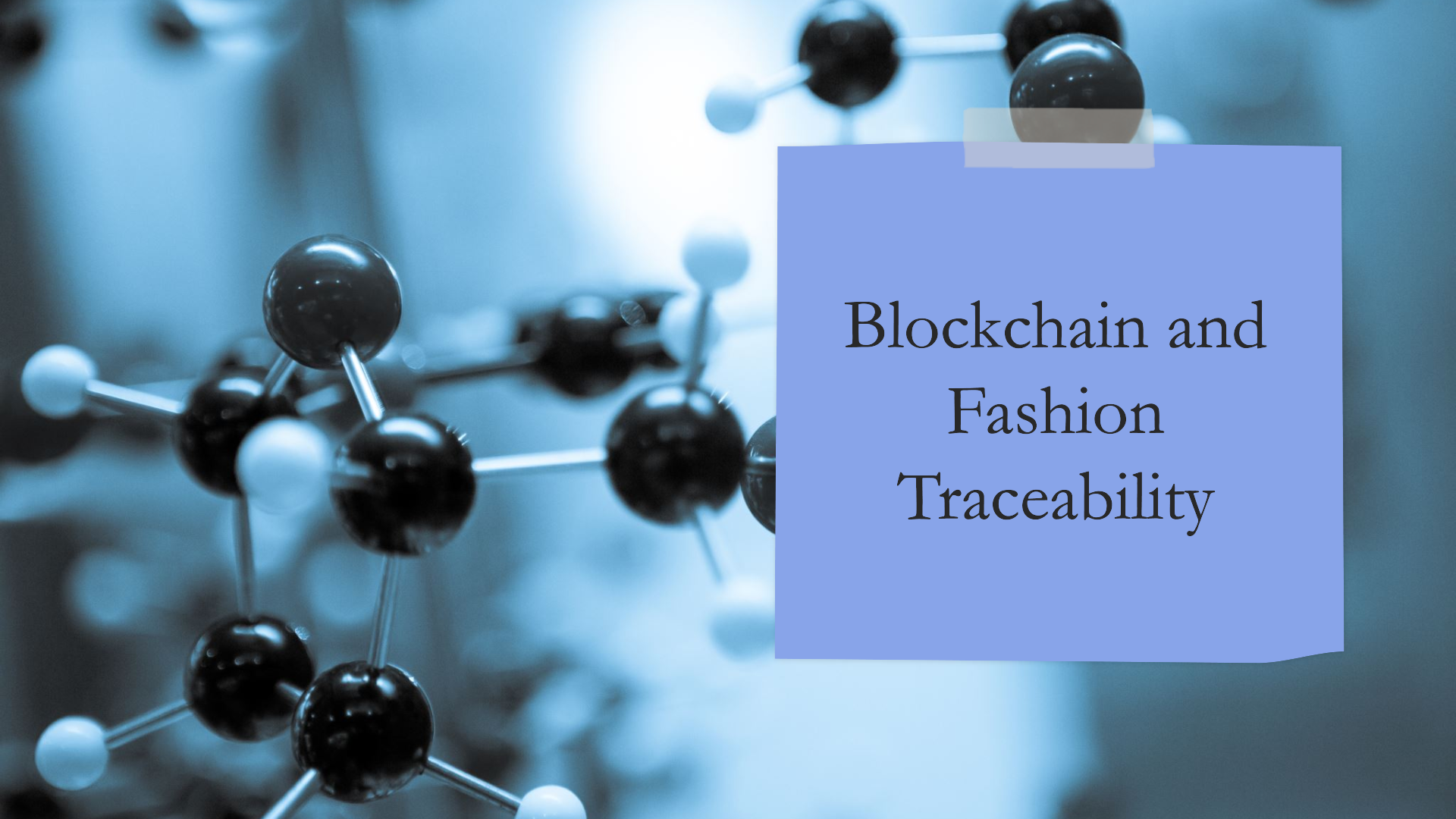The fashion industry has long struggled with challenges related to supply chain transparency, counterfeiting, and ethical sourcing. With the rise of fast fashion and globalized production networks, it has become increasingly difficult to track the journey of a garment from raw materials to finished product. Enter blockchain technology—a decentralized digital ledger that offers an immutable and transparent record of transactions. By integrating blockchain into the fashion supply chain, brands can ensure authenticity, combat counterfeits, and enhance traceability.
This article explores how blockchain is transforming the fashion industry by improving transparency and preventing counterfeit goods from entering the market. We will also analyze real-world applications and the future prospects of this technology.
Understanding Blockchain Technology
Blockchain is a distributed ledger technology (DLT) that records transactions in a secure, transparent, and tamper-proof manner. Each block in the chain contains a set of transactions, and once recorded, they cannot be altered without the consensus of all network participants. This makes blockchain an ideal solution for industries like fashion, where traceability and authentication are crucial.
Key Features of Blockchain:
- Decentralization: Unlike traditional databases managed by a central authority, blockchain operates on a peer-to-peer network, reducing the risk of data manipulation.
- Immutability: Once a record is added to the blockchain, it cannot be altered, ensuring data integrity.
- Transparency: All transactions are recorded on a public ledger, allowing stakeholders to verify the authenticity of goods.
- Smart Contracts: These self-executing contracts automate and enforce agreements between parties, reducing intermediaries and increasing efficiency.
Combating Counterfeits with Blockchain
The global counterfeit fashion market is estimated to be worth over $500 billion annually. Fake goods not only harm brands financially but also exploit workers and deceive consumers. Blockchain offers a robust solution to tackle counterfeiting through product authentication and verification.
How Blockchain Prevents Counterfeiting:
- Unique Digital Identities: Each product can be assigned a digital identity (NFTs, QR codes, or RFID tags) recorded on the blockchain.
- Consumer Verification: Customers can scan QR codes or RFID tags on garments to verify authenticity and access information about the product’s origin, materials, and production process.
- Brand Protection: By ensuring every transaction is recorded on the blockchain, brands can trace stolen or unauthorized goods, reducing the proliferation of counterfeit items.
Case Study: LVMH’s AURA Blockchain
LVMH, the parent company of luxury brands like Louis Vuitton and Dior, launched AURA, a blockchain platform that allows customers to verify the authenticity of luxury items. This system assigns a digital certificate to each product, offering an immutable record of its journey from production to sale.
Enhancing Supply Chain Transparency
Modern supply chains are complex, involving multiple stakeholders across different regions. Blockchain provides end-to-end visibility, ensuring ethical sourcing, sustainable production, and compliance with labor laws.
Benefits of Blockchain in Supply Chain Management:
- Raw Material Verification: Blockchain records can track the origin of raw materials (e.g., organic cotton, ethical leather) to ensure sustainability and fair trade.
- Real-Time Tracking: Retailers and consumers can access real-time data about product movement, reducing supply chain inefficiencies.
- Sustainability Assurance: Brands can prove their commitment to sustainable practices by making their supply chains publicly verifiable.
- Reduction in Fraud and Theft: Blockchain’s secure and immutable nature prevents unauthorized changes, reducing fraud risks.
Example: Provenance and Stella McCartney
Provenance, a blockchain-based platform, partnered with Stella McCartney to track the ethical sourcing of viscose fabric. Consumers can scan a product’s tag to view its entire supply chain history, reinforcing the brand’s commitment to sustainability.
Blockchain and Ethical Labor Practices
Fashion supply chains often involve unethical labor practices, including sweatshops and child labor. Blockchain can be used to enforce fair wages and ethical working conditions by providing transparent payroll records and verifying compliance with labor laws.
Key Advantages:
- Fair Wages and Payments: Blockchain-based payroll systems ensure that workers are paid fairly and on time.
- Compliance Audits: Brands can verify if their suppliers adhere to labor regulations by reviewing blockchain records.
- Consumer Awareness: Customers can make informed decisions by verifying ethical sourcing through blockchain-based certifications.
Case Study: Bext360 in Ethical Cotton Sourcing
Bext360 uses blockchain to track cotton production in Africa, ensuring fair payments to farmers and preventing exploitative labor practices. Each transaction is recorded on the blockchain, allowing brands to verify the ethical sourcing of their materials.
The Future of Blockchain in Fashion
While blockchain holds immense potential, its widespread adoption in the fashion industry faces challenges, including scalability, regulatory compliance, and cost barriers. However, as technology evolves and more brands recognize its benefits, blockchain is expected to become a standard in ensuring transparency and authenticity.
Future Trends:
- Integration with IoT and AI: Combining blockchain with the Internet of Things (IoT) and Artificial Intelligence (AI) will enhance data collection and analysis, further improving supply chain efficiency.
- Expansion of NFT Fashion: Non-Fungible Tokens (NFTs) can be used to verify digital ownership of luxury fashion items in the metaverse.
- Government Regulations and Standards: Governments may introduce regulations that encourage blockchain adoption for ethical sourcing and anti-counterfeiting.
- Consumer Demand for Transparency: With growing consumer awareness, brands that fail to adopt blockchain-based transparency solutions may lose credibility.
